A Beginner’s Guide to Creating Non-Fungible Tokens (NFTs)

If you’re interested in creating your own non-fungible tokens (NFTs), you’ve come to the right place! NFTs are unique digital assets that can’t be replaced or exchanged for something else of equal value. They’re often used to represent ownership of a digital item, like a piece of artwork, and can be bought and sold on online marketplaces.
Creating your own NFTs may seem intimidating at first, but don’t worry – we’ve put together this step-by-step guide to help you get started.
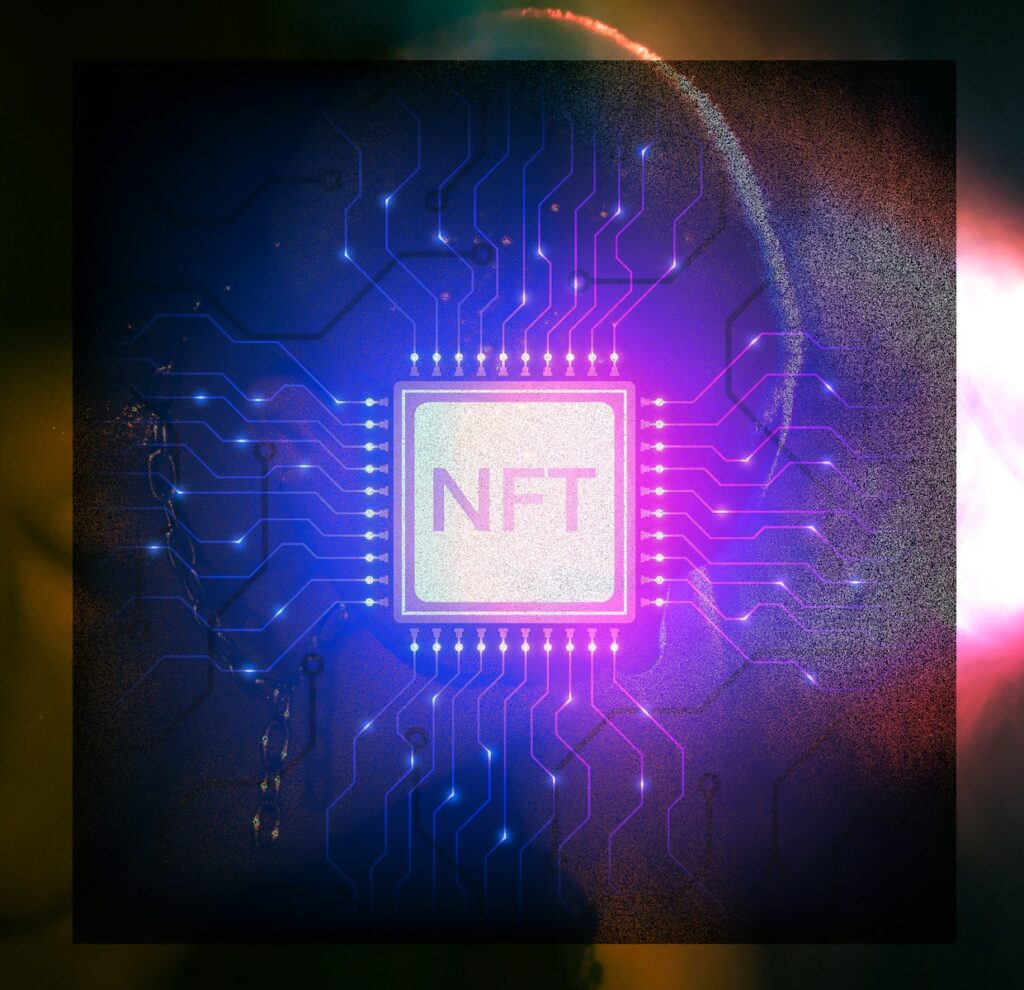
1. Create your artwork.
You can use any medium you prefer – digital art created using software like Photoshop or Procreate, or a physical piece of art like a sculpture or painting. The important thing is that you have a final product that you’re ready to turn into an NFT.
2. Selecting a Blockchain Platform for NFT Creation: Considerations and Options
Okay, now it’s time to choose your blockchain platform! You’ve got a few options to choose from, like Ethereum, TRON, or EOS. Each platform has its own unique features, so you’ll want to pick the one that best fits your needs. Just remember – Ethereum is the most popular platform for creating NFTs, but don’t feel like you have to go with the crowd if another platform speaks to you more. Go with your gut (and your research)!
3. Setting Up a Digital Wallet: Essential for Secure NFT Transactions
Next up, we’ve got digital wallets! Think of these as virtual bank accounts that you can use to manage your NFT transactions and keep your NFTs safe and secure. There are tons of different digital wallets out there, so make sure you choose one that’s compatible with the blockchain platform you’re using. Trust us, you don’t want to end up with a wallet that’s incompatible and leaves you out in the cold. Choose wisely, my friend!
4. Tokenizing Your Artwork: Using an NFT Marketplace to Create a Digital Version
Time to get your NFT creation wheels turning! You’ll need to use an NFT marketplace to turn your artwork into a digital token. Think of these marketplaces like the eBay of the NFT world – they allow you to upload your artwork and create a digital token that represents your NFT. This token contains all the juicy details about your NFT, like its title, description, and price. Some popular NFT marketplaces to check out include OpenSea, Rarible, and SuperRare. Go forth and tokenize, my friend!
5. Uploading Your NFT to the Marketplace and Setting a Price
It’s time to let your NFT shine! Upload your artwork to the NFT marketplace and provide a rockin’ description to help potential buyers understand what your NFT is all about and why it’s totally one-of-a-kind. Don’t be shy – include any relevant information and give your NFT the spotlight it deserves. And don’t forget to set a price for your NFT while you’re at it.
6. Making a Sale: Transferring Your NFT to the Buyer and Using the Funds
Congratulations on making a sale! When someone is interested in purchasing your NFT, they’ll transfer the agreed-upon amount of digital currency (like Ethereum) to your digital wallet. The NFT will then be transferred to the buyer’s wallet, and you’ll be able to use the funds from the sale to create more NFTs or withdraw them to a traditional bank account. Happy selling and cheers to your success!
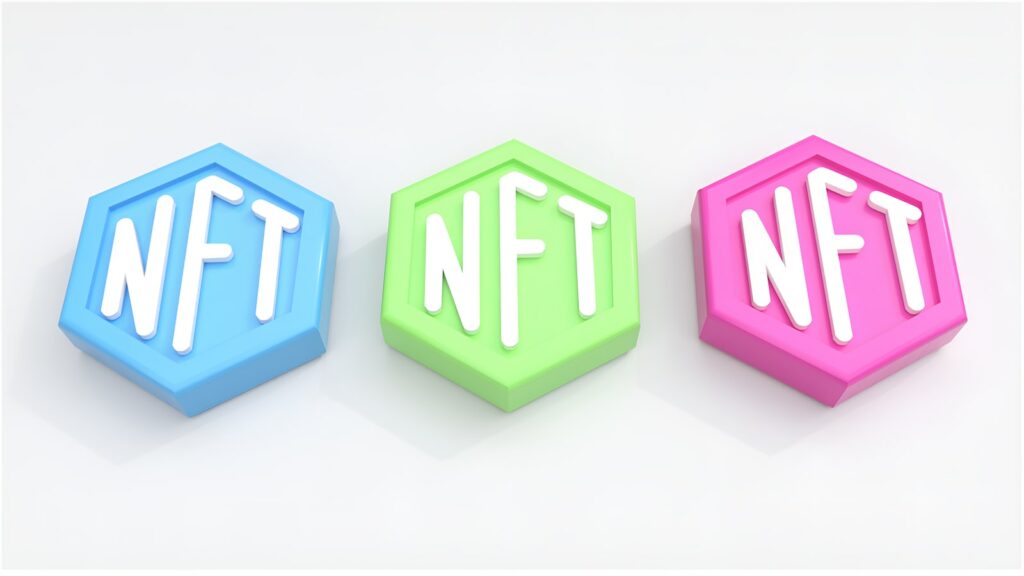
As a final word…
It’s important to keep in mind that creating NFTs can be a bit of a challenge at first – there’s a learning curve to consider. And let’s not forget about the potential risks and challenges of using blockchain technology, like the possibility of hacks and the need for high-powered computers to handle the data. But don’t let that scare you off! If you’re new to NFTs, it’s a good idea to learn more about the technology and its applications before diving in. Trust us, the effort will be worth it. We hope this guide has been helpful and has given you a good starting point for creating your own amazing NFTs. Happy creating!
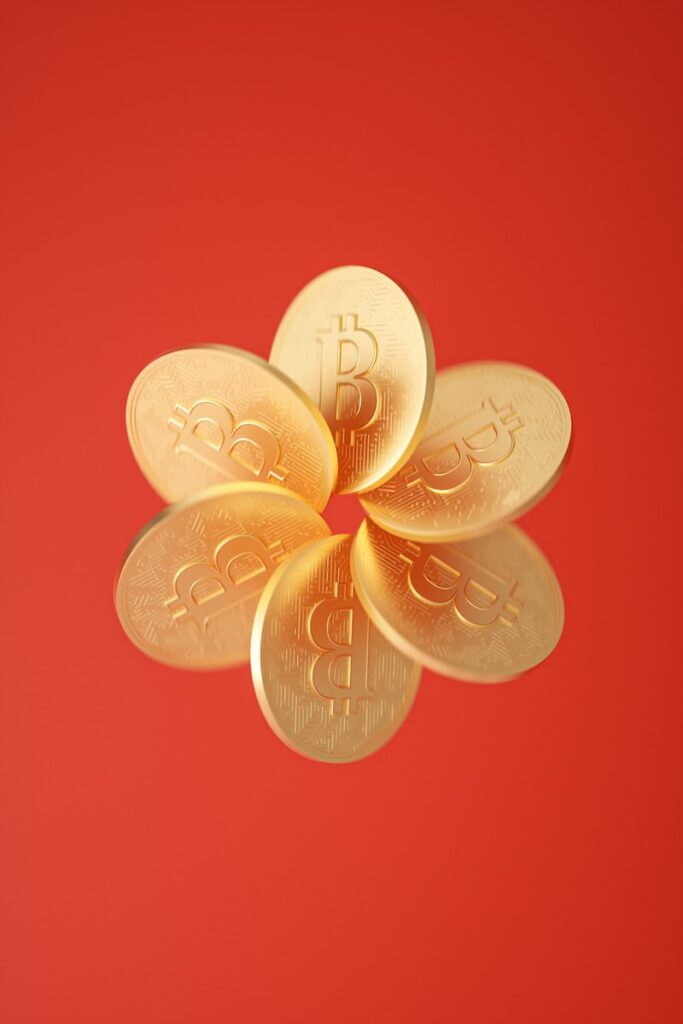
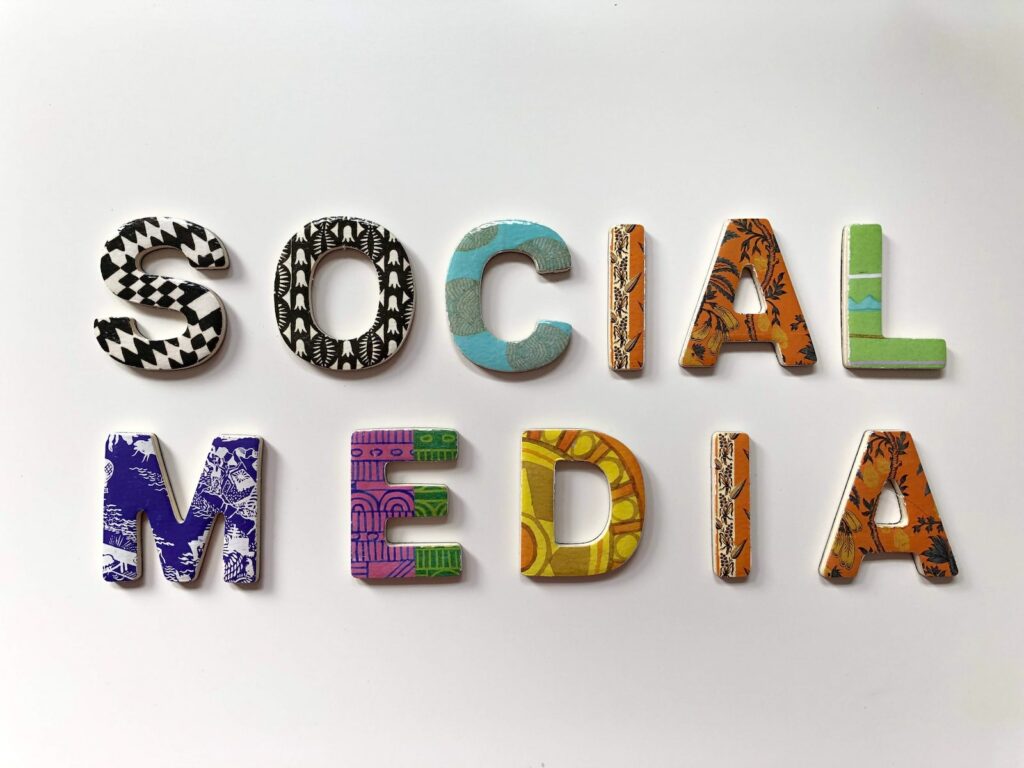
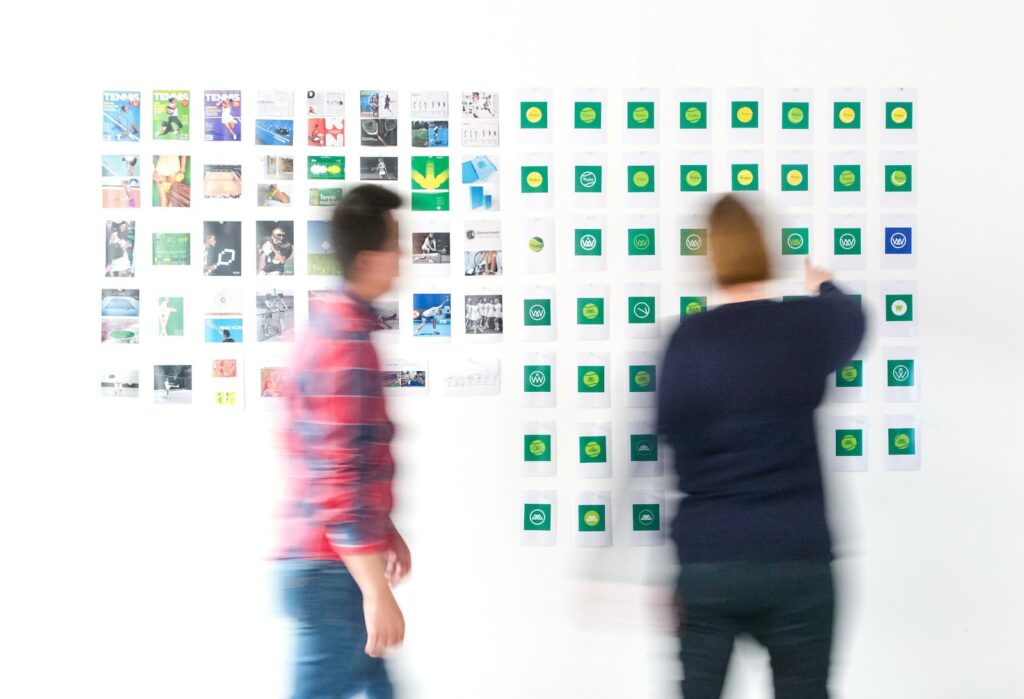

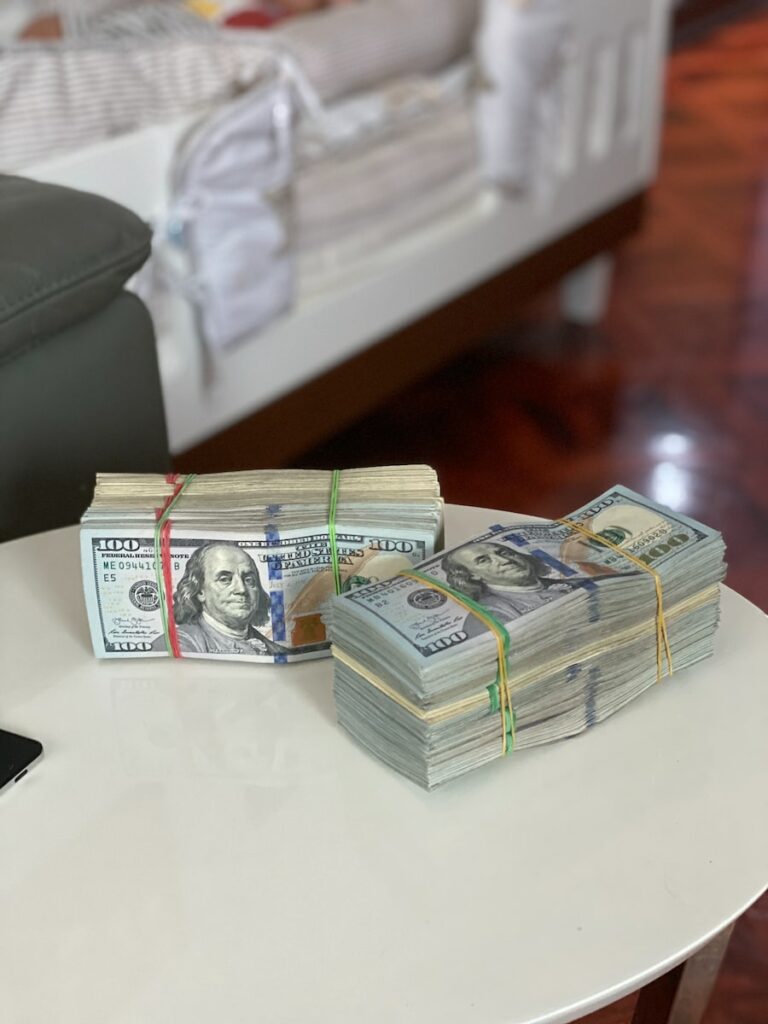
Responses